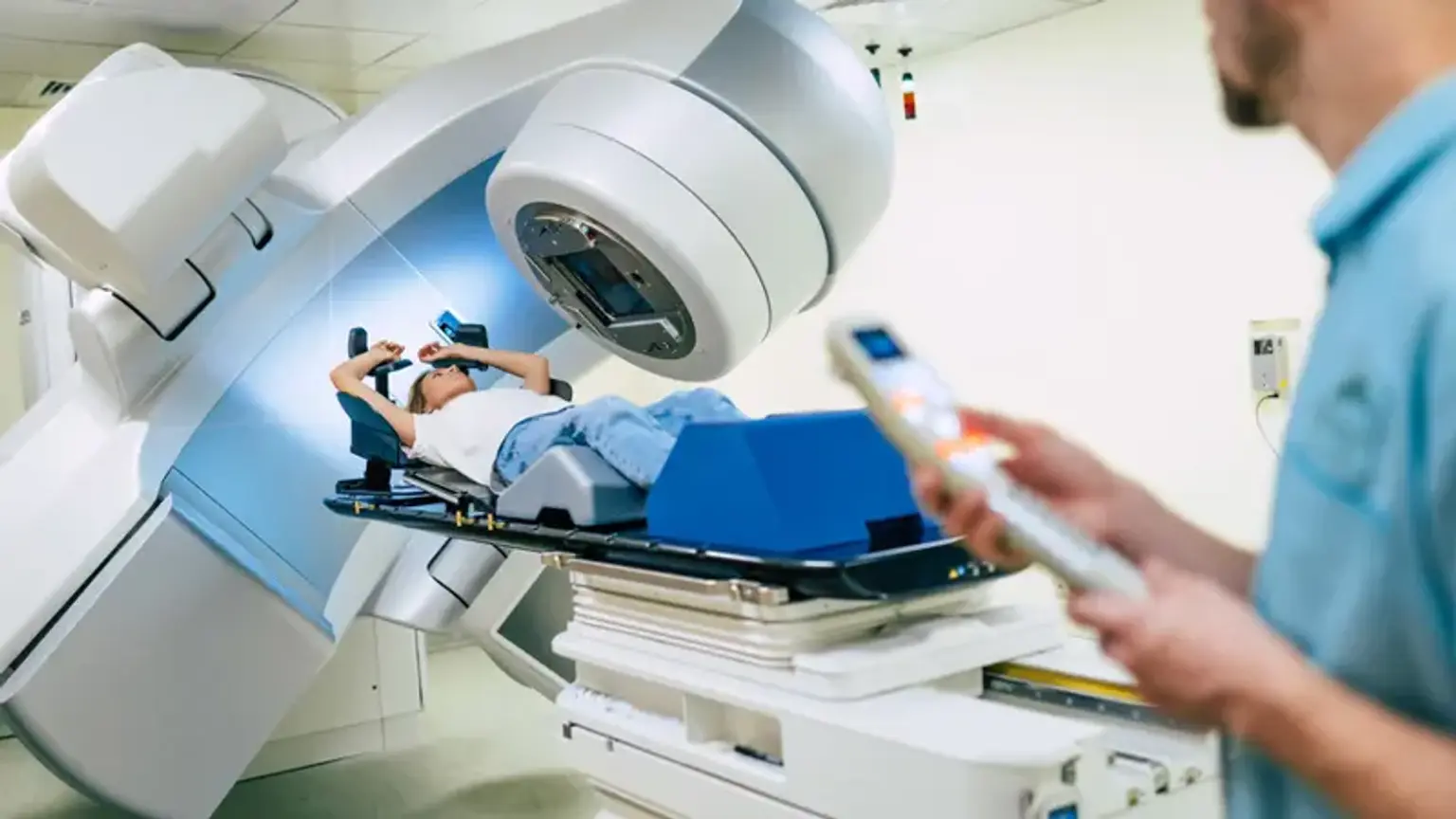Radiotherapy
The number of people living with cancer is estimated to be about 2.5 million, with over 8,00,000 cases reported and 5,00,000 deaths each year. In Indian women, carcinoma of the breast and cervix are the most prevalent cancers, but in men, the most common cancers are those of the aerodigestive tract, such as the lung, stomach, esophagus, neck, and head. Approximately two-thirds of cancer patients, or 500,000 individuals per year, require radiation therapy (RT). RT is a locoregional therapeutic method, similar to surgery. The basic goal of RT is to achieve maximum tumor control while causing the least amount of damage to healthy tissue. Over the previous 20 years, important technology advancements have greatly aided in improving treatment accuracy, resulting in improved outcomes.
What is Radiotherapy?
The use of carefully targeted x-rays to eradicate cancerous cells while minimizing the impact of radiation on healthy cells is known as radiotherapy. The length of treatment depends on a variety of factors, including cancer's origin, type, and stage, as well as if radiation therapy is combined with other therapies like chemotherapy or surgery. Radiation therapy can be used to treat cancer in a variety of locations throughout the body.
